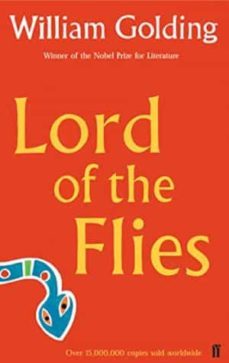📗 Libro en inglés MARY BARTON
ARROW (RANDOM) - 9780099511472
Sinopsis de MARY BARTON
Mary Barton is a novel with an author, genre, plot and conclusion marked by tension, opposition and conflict. It exists on the event horizon between the British industrial and agricultural economies, between Tory Anglicanism and the non-conformist Whigs, between employers and works and, finally, between women and men. The original title was to have been “John Barton,” but was changed later to its present form. Yet, critics reading it today find its narrative to fall, as did the original publication, into two “books,” with the first following the descent of John Barton and the other the ascendancy of his daughter, Mary. The first half follows John’s union activities and the industrial upheavals of 1840s Manchester. Its strong sympathies for the labor class, use of their crude language and description of their nauseating living conditions caused many to criticize the novel, despite Charles Dickens’ praise. The second half of the novel exposes the conflicting Victorian ideals of womanhood. Through the characters of Esther Barton, a prostitute, and Mary Barton, a vain and naïve girl who transforms into a capable woman, Gaskell sets up a framework for feminism. Though on the surface an English Provincial novel in the fashion of Jane Austen, Charlotte Bronte and George Eliot, Mary Barton rewards multiple readings by revealing webs of inner conflict that both affirm convention and whisper rebellion.
Ficha técnica
Editorial: Arrow (Random)
ISBN: 9780099511472
Idioma: Inglés
Encuadernación: Tapa blanda
Fecha de lanzamiento: 06/02/2008
Año de edición: 2008
Plaza de edición: London
Especificaciones del producto
Escrito por Elizabeth Gaskell

(Londres, 1810 – Holybourne, Hampshire, 1865) Es una de las escritoras victorianas más relevantes y queridas de Inglaterra. Huérfana de madre desde muy pequeña, se crió con su tía en Knutsford, una tranquila ciudad donde tuvo una infancia plácida y feliz. Con 22 años se casó con el ministro de la capilla unitaria de Cross Street, en Manchester, también escritor, con quien vivió en perfecta armonía. El traslado de toda la familia al norte de Inglaterra, mucho más industrializado, fue un choque muy fuerte para ella, que quiso retratar las precarias condiciones de vida de los trabajadores de las fábricas en algunas de sus obras, como Mary Barton y Norte y sur. Pero Las confesiones del señor Harrison (1851) forman parte de sus obras de tipo rural y humorístico, inspiradas en las anécdotas domésticas de su infancia a Knutsford, que desarrollaría posteriormente en la novela Cranford. Fue respetada y admirada por los críticos y por autores de su época como Dickens o Charlotte Brontë, de quién escribió una biografía imprescindible.
Descubre más sobre Elizabeth Gaskell Recibe novedades de Elizabeth Gaskell directamente en tu email
Opiniones sobre MARY BARTON
¡Sólo por opinar entras en el sorteo mensual de tres tarjetas regalo valoradas en 20€*!



































